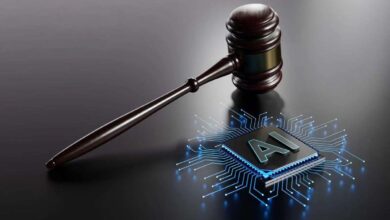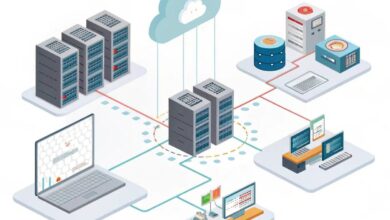CDC is expected to tell Americans to wear cloth masks, save medical masks for health workers
On Thursday, the White House said that it will likely soon adjust previous guidelines that discouraged non-health workers from wearing face masks. The change would be issued as “guidance” from the CDC, but according to the president—who continues to hesitate at exerting federal power during the COVID-19 crisis—it will not be made mandatory.
Supplies of medical-grade masks are still running critically low in many places hard hit—or soon to be hard hit—by the coronavirus. Due to ongoing shortages, the new guidance is expected to concern cloth and non-medical face coverings only.
In Thursday’s White House press briefing, Dr. Deborah Birx, coronavirus task force response coordinator, stressed that the updated guidance was an “additive” protective measure and not meant as a substitute. “When the advisory comes out… if it comes out… it will be an additive piece,” Birx said.
Birx suggested that the White House and CDC hesitated to offer the new mask advice due to concerns that people would relax critical social distancing measures that will prove key to U.S. containment efforts.”We don’t want people to feel like ‘oh i’m wearing a mask, I’m protected and I’m protecting others.’”
As Birx explained the thinking behind the new precaution of cloth masks, Trump offered his own unfounded interpretation of the information. “If people wanted to wear them, they can,” Trump said. “In many cases, the scarf is better, it’s thicker” he added, incorrectly.
The new guidance is expected in the coming days and will come from the Centers for Disease Control and Prevention (CDC). In memos obtained by the Washington Post, the CDC began considering the cloth mask recommendation due to evidence that people without symptoms are transmitting the virus. A draft copy of the policy states that the CDC “… recommends the community use of cloth masks as an additional public health measure people can take to prevent the spread of virus to those around them.”
On Wednesday, Los Angeles Mayor Eric Garcetti urged residents to cover their faces in public while making a point to stress that N95 and surgical masks go straight to medical workers.
A grassroots effort of crafters is already springing up around the country to create home-sewn masks for health workers unable to get proper PPE and others who want to take the protective measure. Many online resources offer patterns and how-to resources on mask construction and even no-sew methods. New federal recommendations around cloth masks could also provide an opportunity for businesses to offer helpful resources in the fight against COVID-19, as many companies make creative moves to stay afloat.
While mask-wearing is routine even outside of pandemic times in countries like Japan and South Korea, Western countries are generally less comfortable with the practice. Social norms may be compounded by confusing messaging from officials who urged Americans to donate medical masks to health workers at the same time as suggesting the masks do not provide protection against the virus in everyday situations.
“Seriously people- STOP BUYING MASKS!” U.S. Surgeon General Jerome Adams tweeted in late February. “They are NOT effective in preventing general public from catching #Coronavirus, but if healthcare providers can’t get them to care for sick patients, it puts them and our communities at risk!”
That messaging may have proved expedient in the earliest days of the crisis as Americans hoarding masks for personal use could worsen an already constricted supply of personal protective equipment for medical personnel.
Cloth masks are less effective than medical masks, but their use, even if imperfect, is better than nothing at helping limit the spread of the virus. In one prescient small 2013 study examining the efficacy of homemade masks in the event of a flu pandemic, researchers recommended cloth masks “be considered only as a last resort… but it would be better than no protection.”
That research, published by Cambridge University Press, found that both homemade cloth masks and traditional surgical masks “significantly” reduced the amount of potentially infectious droplets expelled by the wearer, though surgical masks were three times better for preventing transmission. Because homemade masks are less disposable than medical masks, they should be washed after use to get rid of infectious droplets.
On Thursday, health officials were careful to stress that using a mask does not mean that it’s okay to relax physical distancing measures.
“Just remember it’s not a substitute for everything that we’re asking people to do!” Birx said.
Source: TechCrunch




